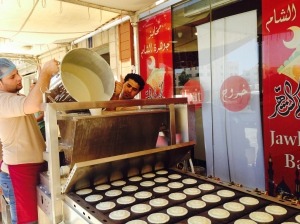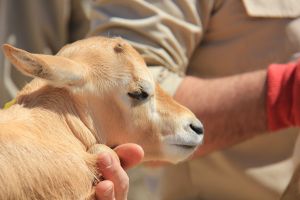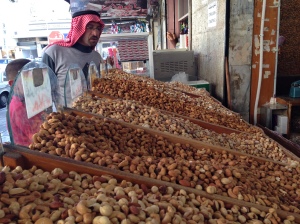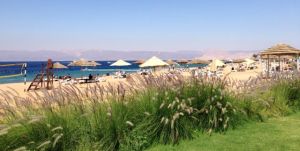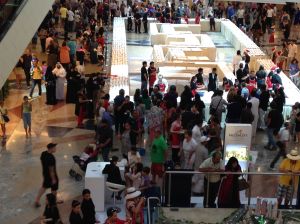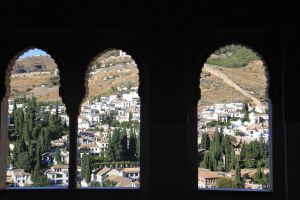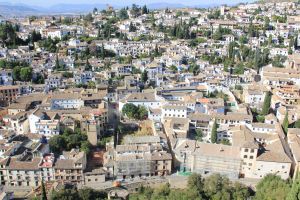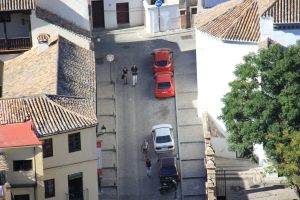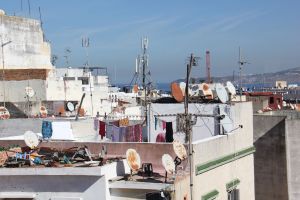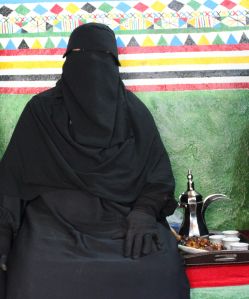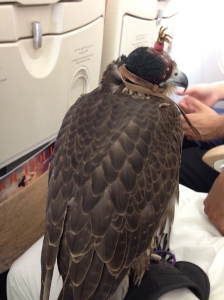NOTE: This website is currently under reconstruction, so like a first draft, it’s a little disorganized.
In 2005, I went to the Squaw Writers Conference in what I only partially realized was an attempt to escape the LA screenwriting world and discovered the sweeter side of writing–novel writing. It may pay less and probably fewer people will read your work than see your work, but there are so many fewer human beings to suck up to in the process–and they are overall nicer human beings. Like Patricia Dunn (http://www.patriciadunnauthor.com/2014/08/) and Myfanwy Collins (http://myfanwycollins.com/blog/), who I met at Squaw Valley and who are both the reason I am taking part in this blog tour. Both have great YA novels coming out this year. So proud and honored to have them as friends and writers.
Patricia and Myfanwy are outstanding editors, as well as writers—and I think that is in large part because they are big readers. Their feedback on the first draft of The Night Counter was so vital. And Pat has been my guru on so much in my life, including helping me shepherd my middle grade novel into the world, along with her best friend and fellow writer Alexandra Soiseth (http://soisethwriter.wordpress.com/2014/08/22/my-writing-process-blog-tour/)
Squaw Valley is also where I met Alma Katsu, the incredibly prolific fantasy writer of the Taker Trilogy. Alma’s just plain sharp, and it could be all those years working for a mysterious organization. She’ll be answering these questions next week, along with one the funniest writers I know, Amy Bridges, whose Texas/Alaska upbringing is as entertaining as her hijinks in LA today. (See more about them below)
1) What are you working on?
I wish someone would tell me how respond to this one today. The best answer is somewhere between nothing and too much. I am either cursed or blessed–or somewhere in between—for loving to consume and write television, films, fiction and magazine articles. I even like the orderly, mechanical process of writing academic articles and recipes, but that is my escape
 from the stress and chaos creative writing causes. Luckily for the world, I don’t do music lyrics.
from the stress and chaos creative writing causes. Luckily for the world, I don’t do music lyrics.
Today I’m reworking from first to third person a middle grade novel about a girl trying to have the perfect Christmas in the small town in Minnesota where she lives with her immigrant Arab parents. It only gets worse when a vision of the Virgin Mary is spotted on their driveway. I’m also drafting my next novel, which involves Abu Dhabi but doesn’t have any camels or oil wells in it so far. I’m also going to spend a lot of time logging footage from The Golden Harvest, a documentary that is a multi-country project that has always bound my family together—olive oil. Any of the above could be a screenplay, too…in the meantime, they’re just tearing at my heart and soul, demanding I focus.
2) How does your work differ from others of its genre?
We are all as individuals our own genre, made up of all the things that have happened to us, that we hope will happen to us, and that our own individual brains juxtapose together. Sometimes for me that juxtaposition comes out as fiction or non-fiction, written or filmed.
3) Why do you write what you do?
Because it comes out of me—it tells me at some point, “Please write about me” and I try to respect the request. I have also written purely for money but that stuff isn’t worth discussing.
4) How does your writing process work?
I move a lot so getting a process down is hard for me, as time zones and cultural clashes and day jobs dictate making adjustments to the different worlds. But I can speak to what have been the elements of my ideal situation, which I am really trying to capture now as I start this new novel.
- Wake up when it is still dark outside and neither my head or the road is rattled yet. And then I write for a fixed amount of time without stopping even for chocolate, say two hours. Or until I write a thousand words. This early morning joy has been hard for me to capture in the Middle East, where social life often begins at 9 pm, making going to bed early not so easy.
- I reserve afternoons for re-reading or editing. And for reading the millions of things in this world that I want read.
- I tell myself I can go to yoga as soon as I am done writing.
- I tell myself I can watch my latest TV obsession when I am done writing
- I tell myself a lot of things to stay put at the desk.
- When all of the above fails to happen, I clean my house. I have a very clean house.
Look for these blogs next week:
Alma Katsu’s debut, The Taker, has been compared to the early work of Anne Rice, Elizabeth Kostova’s The Historian and Diana Gabaldon’s Outlander for combining the historical, supernatural and fantasy in one story. The novel was named a Top Ten Debut Novel of 2011 by the American Library Association and rights have sold been in 16 languages. The Reckoning, the second book in the trilogy, was published in June 2012, and the third and final book, The Descent, published in January 2014. The Taker Trilogy is published by Gallery Books/Simon and Schuster and Century/Random House UK. 
Ms. Katsu lives outside of Washington, DC with her husband, musician Bruce Katsu. In addition to her novels, Ms. Katsu has been a signature reviewer for Publishers Weekly and an occasional contributor to The Huffington Post. She is a graduate of the Master’s writing program at the Johns Hopkins University and received her bachelor’s degree from Brandeis University, where she studied with John Irving.
Prior to publication of her first novel, Ms. Katsu had a long career as a senior intelligence analyst for several US agencies and is currently a senior analyst for a think tank. http://www.almakatsu.com/
Amy Bridges is a Los Angeles based writer and blogger at www.jurassicmom.com. Amy’s work has appeared on TLC, HGTV, and Discovery Health. She is a Hedgebrook alumnus, and the recipient of the First Prize Fiction Award at the San Francisco Writers Conference. Her play, Women ofthe Holocaust, was published by The Kennedy Center and The Northwest TheatreJournal. Her play, The Day Maggie Blew Off Her Head, received first prize inthe Edward Albee Prince William Sound Playwriting Lab, presented by EdwardAlbee. Her work has been nominated for The American Theatre Critics Association’s New Play Award as well as The Osborne Award for an Emerging Playwright. Her creative nonfiction has appeared on The Nervous Breakdownand has received publication by New Lit Salon Press. Currently, she isworking on a collection of essays. And of course, living in Hollywood, it is required for her to always be working on a screenplay. Follow her on Twitter @rattleprincess and Facebook at amy.bridges.12@facebook.com.

